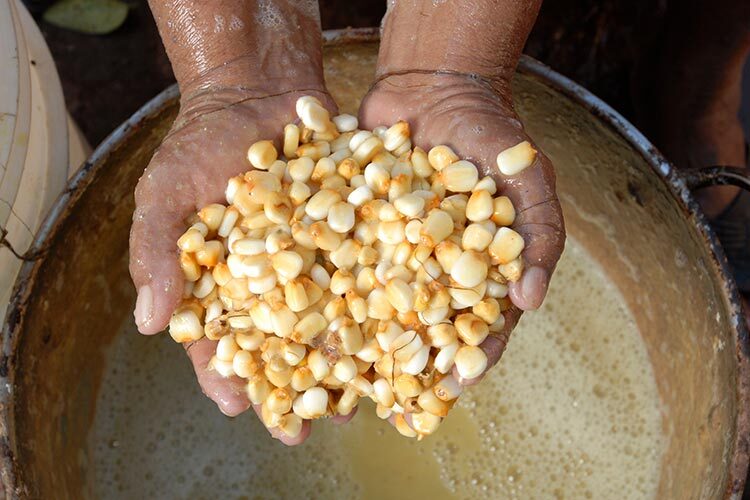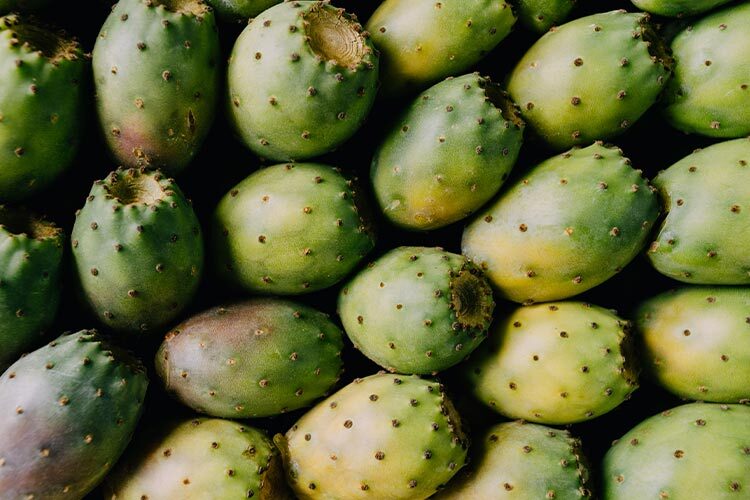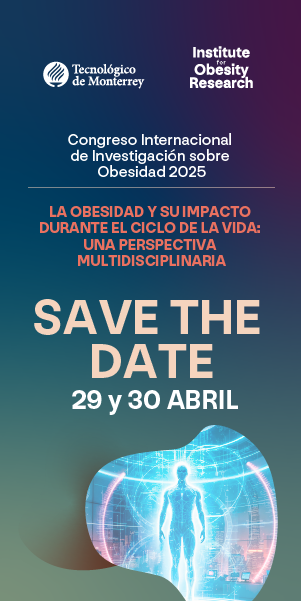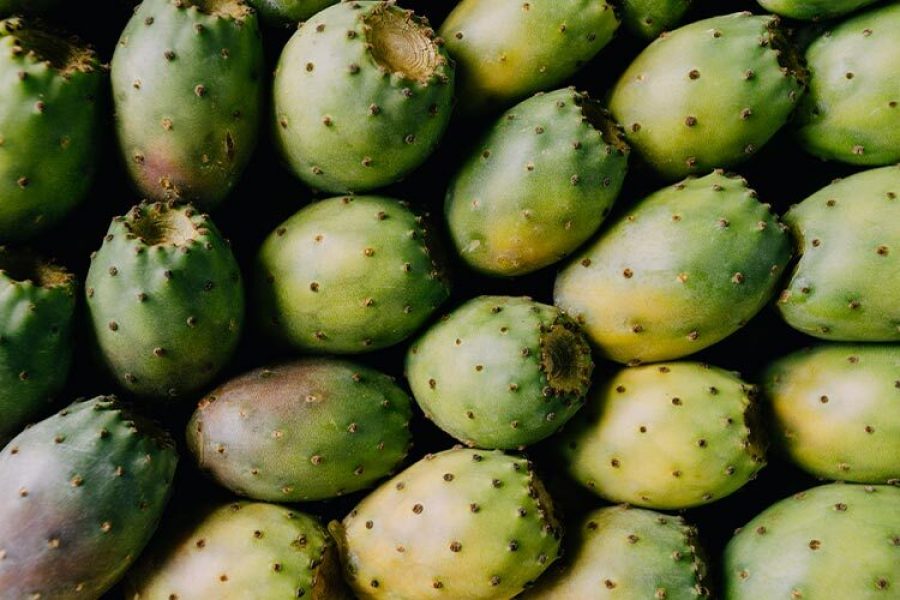Tortillas are one of Mexico’s most iconic foods, a staple in the daily diet of millions. But when it comes to the corn they’re made from, which option offers the best nutrition?
The truth is, there’s no clear “best” type of corn for tortillas.
Both native and hybrid varieties have pros and cons, and both can be used to make healthy tortillas—especially when nixtamalized flours are involved.
Nutritional Differences
Native corn, cultivated for generations in Mexico, stands out for its genetic diversity and ability to thrive in different environments. This corn is often prized for its vibrant colors and high levels of antioxidants like carotenoids and polyphenols. However, it’s less efficient to produce, with lower yields and greater vulnerability to pests and disease (1).
Hybrid corn, on the other hand, has been engineered to boost yields and resist environmental stress. It’s more consistent in quality, making it easier to produce on a large scale (2).
While some critics argue that hybrids might lack nutritional variety, the reality is that, for the most part, the nutritional differences between native and hybrid corn are minimal. This was confirmed by a recent study presented at the 37th National Congress of the Mexican Association of Nutrition Faculty and Schools (AMMFEN) and published in two scientific papers (3,4).
Science at Work
In the study, “Nutritional Evaluation, Phytochemical Analysis, and Quality of Corn Tortillas Made from Hybrid, Native, and Nixtamalized Corn Flours,” researchers compared tortillas made from 12 different corn genotypes, along with six corn blends and their respective nixtamalized flours.

The study analyzed over 100 factors, including vitamin content, protein, minerals, and fiber. No other research globally has examined such an extensive number of samples or offered this level of detail.
Key findings include:
- Tortillas made from high-yielding (hybrid and variety) corn, as well as native corn, had the highest antioxidant capacity.
- Tortillas made from dry masa flours contained between 3.5 and 11.2 times more vitamin B1, 7.8 to 18.6 times more vitamin B2, and 2.7 to 5.3 times more vitamin B3 than tortillas made from hybrid and native corn.
- Folic acid was only detected in tortillas made from dry masa flour.
- Native corn tortillas had the highest protein content (an average of 10.28%), but tortillas made from dry masa flour had the highest protein quality (19% higher than native tortillas), based on the protein digestibility-corrected amino acid score.
The Power of Nixtamalization
One crucial factor in determining the nutritional value of tortillas is the nixtamalization process. This traditional method of cooking corn with lime (calcium hydroxide) not only improves the texture and flavor of tortillas but also enhances the bioavailability of key nutrients like calcium, iron, and protein (5).
Nixtamalized corn flours, widely used in the food industry by brands like Maseca, Harimasa, and Macsa, are excellent sources of nutrition. The study revealed that tortillas made from dry masa flour are rich in zinc, a mineral essential for a strong immune system.
The main takeaway is clear: tortillas, regardless of the type of corn used, can be highly nutritious when processed correctly. The findings on zinc, protein, and vitamins highlight the importance of using all types of corn.
The diversity of corn varieties and production methods brings different nutritional benefits. Rather than choosing one type over another, combining native, hybrid, and nixtamalized corn flours could be the key to improving nutrition across Mexico.
Whether you prefer tortillas made from native corn, hybrid varieties, or nixtamalized flour, the bottom line is that this essential food continues to provide nutrition for all.
References
- Herrera-Sotero, MY, Cruz-Hernández, CD, Trujillo-Carretero, C, Rodríguez-Dorantes, M, García-Galindo, HSJ, Chávez-Servia, JL, et al. Antioxidant and antiproliferative activity of blue corn and tortilla from native maize. Chem Cent J. (2017) 11:110.
- Martínez-Gutiérrez, A, Zamudio-González, B, Tadeo-Robledo, M, Espinosa-Calderón, A, Cardoso-Galvão, JC, Vázquez-Carrillo, G, et al. Performance of white grain corn hybrids in five locations in High Valleys de México. REMEXCA. (2018) 9:447–1458.
- Acosta-Estrada BA, Serna-Saldívar SO, Chuck-Hernández C. Quality assessment of maize tortillas produced from landraces and high yield hybrids and varieties. Front Nutr. 2023 Feb 9;10:1105619.
- Acosta-Estrada BA, Serna-Saldívar SO, Chuck-Hernández C. Nutritional assessment of nixtamalized maize tortillas produced from dry masa flour, landraces, and high yield hybrids and varieties. Front Nutr. 2023 Jul 6;10:1183935.
- Acosta-Estrada BA, Gutiérrez-Uribe JA, Serna-Saldivar SO. Minor constituents and phytochemicals of the kernel. In SO Serna-Saldivar, editor. Corn, Chemistry, and technology. Oxford: AACC International Press (2019). 369–403
Author
Beatriz A. Acosta Estrada is a faculty professor and associate researcher at the HEALTH Research Center. Her work focuses on phytochemicals in functional foods that can potentially prevent chronic degenerative diseases, recover high-value products from agro-industrial waste, and innovate cereal- and legume-based food products.

















